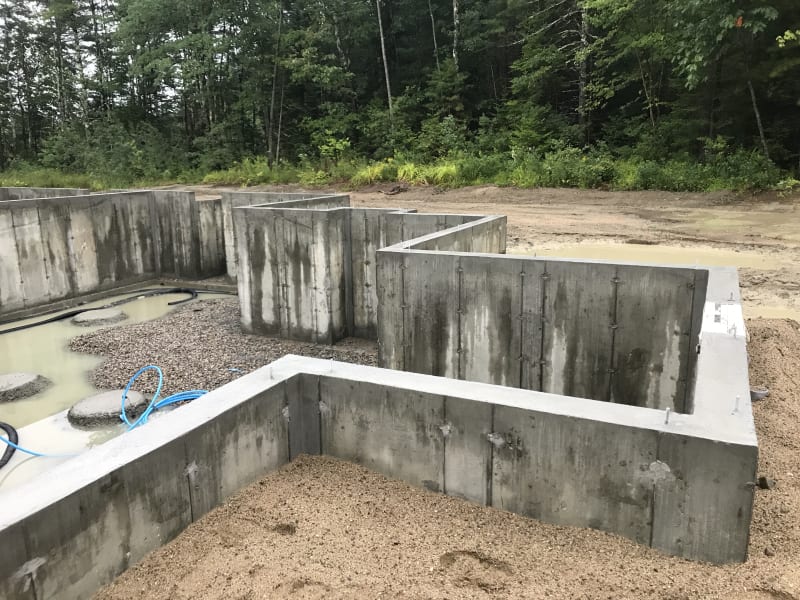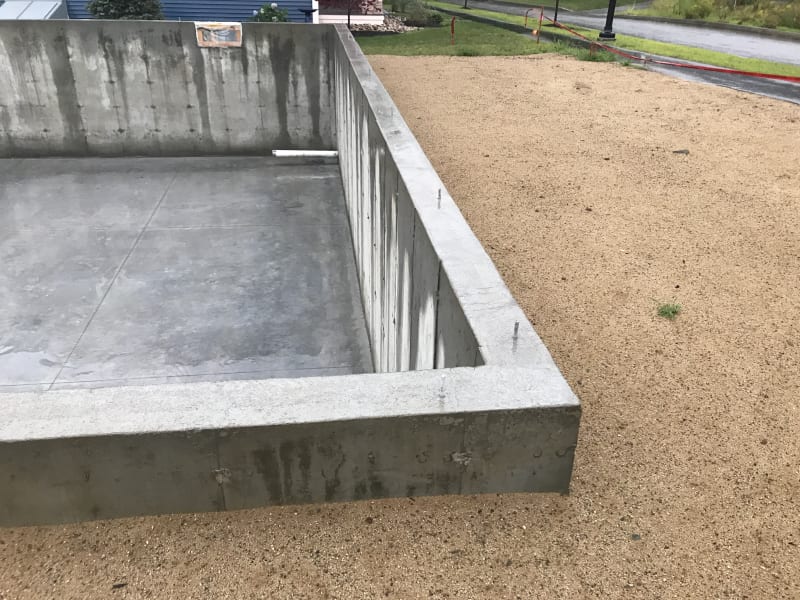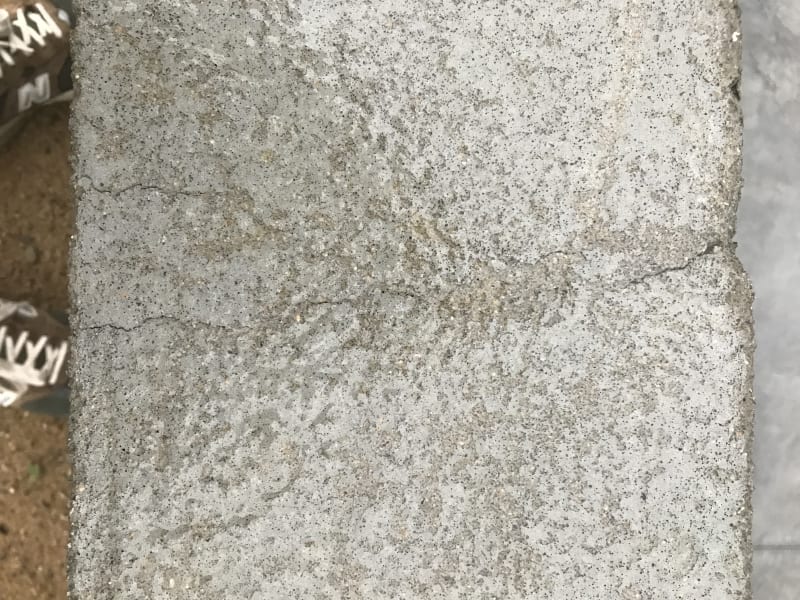SteelPE
Structural
- Mar 9, 2006
- 2,759
In the 2009 IRC table R404.1.2(1) has requirements for horizontal reinforcing for poured in place concrete foundation walls. The requirements are as follows:
wall height less than or equal to 8'-0" 1-#4 at the top of the wall and at mid height
Wall height greater than 8'-0" 1-#4 at the top of the wall and at the 1/3 points of the wall height.
What is the purpose of this reinforcing? Is it to limit foundation cracking that tends to occur in foundation walls?
wall height less than or equal to 8'-0" 1-#4 at the top of the wall and at mid height
Wall height greater than 8'-0" 1-#4 at the top of the wall and at the 1/3 points of the wall height.
What is the purpose of this reinforcing? Is it to limit foundation cracking that tends to occur in foundation walls?



